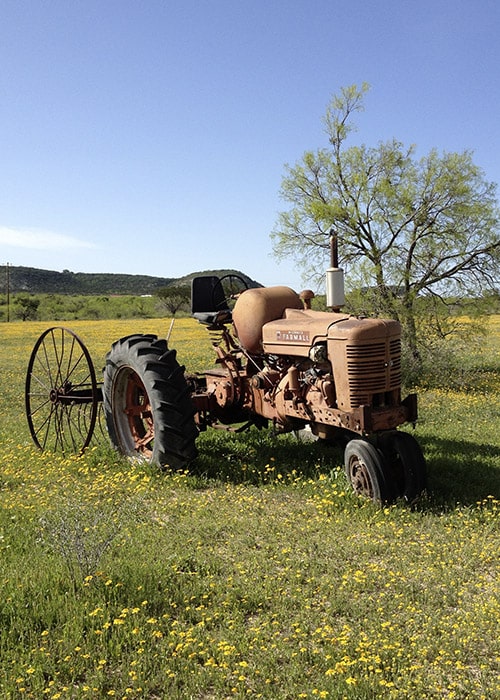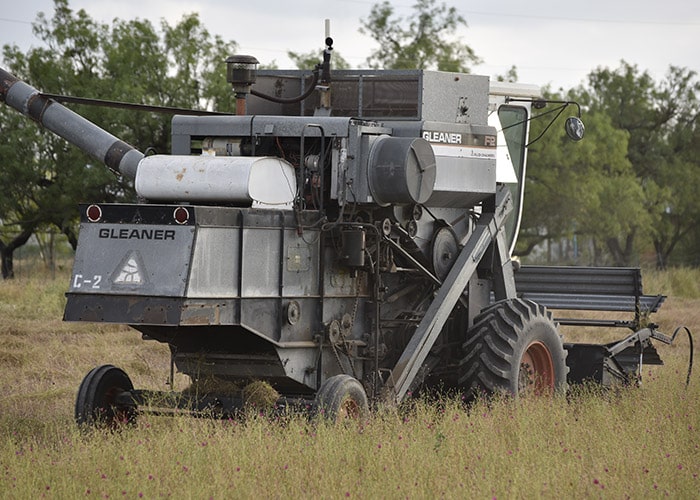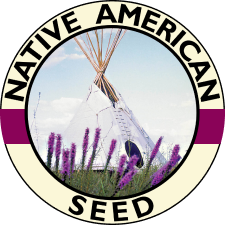From the Field to You
From the Field to You:
Native American Seed at Work

Most of us have heard the story of some naive big-city child who has thought eggs were born in cartons, or milk brewed up by people working in a factory somewhere. We laugh, and shake our heads, and maybe wonder in the back of our minds what things are coming to. But that child's assumptions are just a product of what things have already come to over the last few decades. As a society, we've lost touch with the interconnectedness of all living things. We take a lot for granted, and in the process forget the long and complex history of evolution that has brought us to the world we inhabit today.
Have you ever noticed that some years, the fields and roadsides are full of wildflowers in the spring and early summer, and some years there are not so many? Or that from one year to the next, a whole new color and species can appear in a patch of land that you've never seen before, even though you've driven past it every day for years. Trying to understand the mystery of how native plants grow and die back, nurture and support each other or compete for scarce resources in all the many climates and seasons that happen in our part of the world, is an ongoing adventure in learning for us at Native American Seed. Now that we have our own farms near Junction, we can watch things a little more closely day by day. But a big part of our work is still scouting the landscape from the air and on the road, looking for seed sources, negotiating harvest treaties with landowners, and trying the best we can to plan a successful harvest when the time is right.

Wildflower and native grass seed comes in its own time, on its own terms, in tune with its own internal rhythms and the rhythms of the weather. It can't be rushed, and it can't be put off till it's more convenient. When the seed tells us it's ready, we move in the equipment. Not as straightforward as it sounds -- harvesting equipment is designed for agricultural crops, not for wildflowers, and we've spent long weeks of tinkering and rigging and inventing and adjusting to make it work for us.
Not all our wildflower seeds are suited to mechanical harvest, of course. In those cases, the labor of harvest must be done by hand, with the ages-old technology of gunnysacks and machetes. In our catalog, you'll find these seeds in the "Conservancy" category. It's one of the things that makes Native American Seed unique -- we're more than happy to put in the extra time and trouble to harvest these seeds, and do our part to preserve the color and diversity that makes our region's natural areas so special.

Once the seed has been harvested, the next step is to dry it out and clean it. Here again, the common equipment available doesn't quite suit the task, although it is a little more flexible than the harvesting equipment. We've just recently acquired the tools we need in order to dry the harvest in the field. Up till now, we had to rush back to the barn to spread it all out on the floor right away. Otherwise, the green parts of the plant, when they're loaded into the back of a truck, will create so much heat that it can kill the seed.
Once the harvest is dry, it is ready to be cleaned. It is sifted through a series of screens carefully calibrated to separate out the seeds we want from the hitchhikers we are definitely not interested in. Then we send it off to a lab for testing, to be sure that the seeds are healthy and will work for our customers.

Along the way, of course, there are countless little stories. Stories of disappointment, as we go to check out a site and find it's just been mowed or sprayed. Stories of frustration, as Mother Nature herself prevents us from a harvest with her unexpected storms. But there are more than enough rare and fine moments to make up for the disappointments and frustrations. The memory of camping out overnight in a field of bluebonnets, and listening to the seeds exploding like popcorn in the morning as the dew began to evaporate, is one that we will treasure forever.
Wildflower and native grass seed comes in its own time, on its own terms, in tune with its own internal rhythms and the rhythms of the weather. It can't be rushed, and it can't be put off till it's more convenient. When the seed tells us it's ready, we move in the equipment. Not as straightforward as it sounds -- harvesting equipment is designed for agricultural crops, not for wildflowers, and we've spent long weeks of tinkering and rigging and inventing and adjusting to make it work for us.
